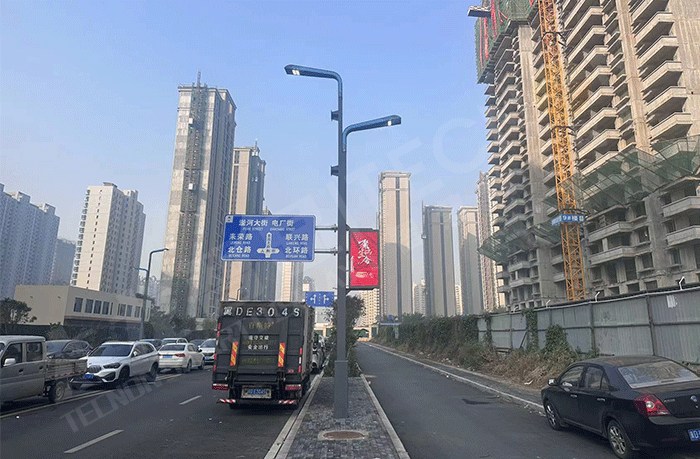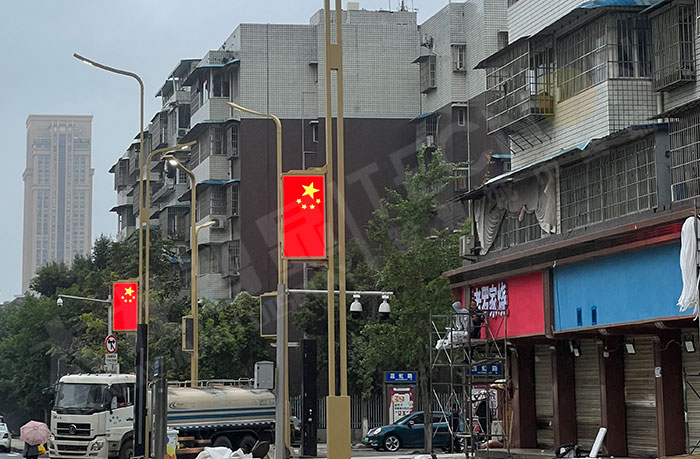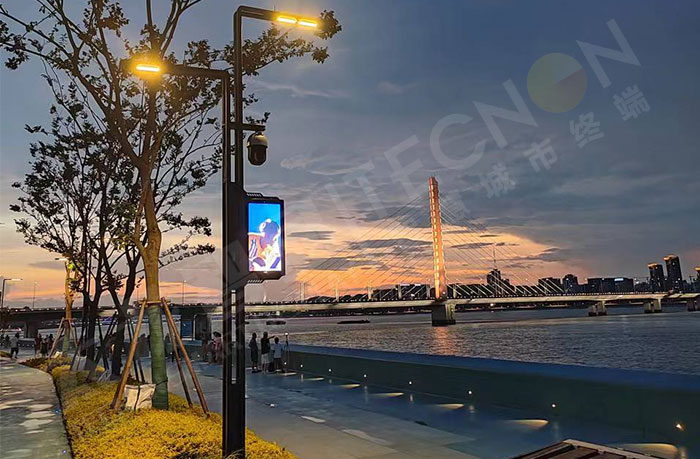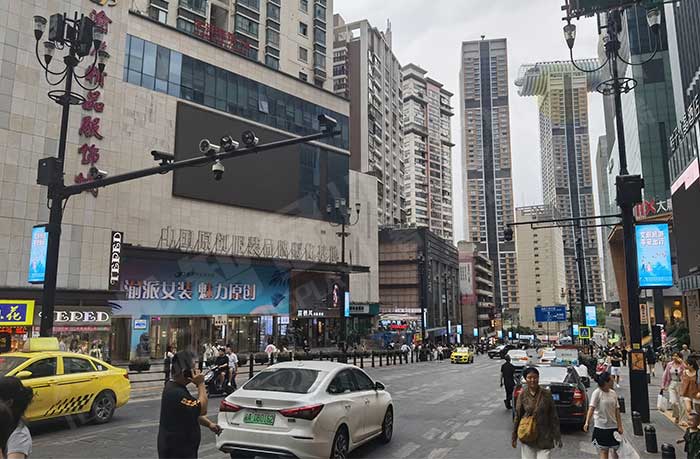Vehicle-road collaboration: the smart road of future transportation or a false proposition?
With the continuous development of intelligent transportation technology, vehicle-road collaboration (V2X, or Vehicle to Everything) as an emerging traffic management model is gradually attracting widespread attention. However, in these discussions, some people question whether vehicle-road collaboration is really feasible and whether it is just a false proposition.

Vehicle-road collaboration refers to the intelligent connection and information sharing between vehicles and other traffic elements (including road networks, traffic lights, pedestrians, etc.). Through technologies such as on-board sensors, edge computing and cloud platforms, vehicles can obtain road conditions, traffic signals, weather and other data in real time, so as to make more reasonable driving decisions. This collaboration not only improves traffic efficiency, but also effectively reduces the accident rate and improves road safety.

Vehicle-road collaboration relies on efficient communication technologies, mainly including cellular networks (such as 5G), short-range communications (DSRC) and vehicle-mounted networks (VANET). These technologies enable vehicles and infrastructure to achieve millisecond-level information transmission, ensuring real-time and reliability. Vehicles are equipped with a variety of sensors (such as radar, cameras, lidar, etc.) to perceive the surrounding environment, while roadside infrastructure (such as smart light poles, traffic monitoring cameras, etc.) can also collect useful data. This information forms a comprehensive traffic condition analysis through data fusion technology. Through the cloud computing platform, vehicles and infrastructure can perform large-scale data processing and analysis, while edge computing ensures real-time response with low latency, improving driving safety and comfort.

As an important infrastructure for vehicle-road collaboration, smart light poles play a vital role. Various sensors and cameras equipped with smart light poles can monitor traffic conditions in real time and upload data to the cloud for analysis by vehicles and traffic management centers. By interacting with vehicles, smart light poles can optimize traffic signal timing, realize intelligent traffic light control, and increase traffic flow. Smart light poles can send road condition changes, accident information or other safety warnings to drivers in a timely manner to reduce the risk of traffic accidents.

Although vehicle-road collaboration faces some challenges, such as the unification of technical standards, infrastructure construction investment, and network security issues, overall, this concept is not a false proposition. With the gradual popularization of 5G and subsequent technologies, the technical barriers of vehicle-road collaboration are being gradually overcome. Many countries and regions around the world have incorporated vehicle-road collaboration into transportation planning and policies, showing a strong willingness to promote it. With the acceleration of urbanization, traffic congestion and safety issues are becoming increasingly prominent. The effective implementation of vehicle-road collaboration will provide solutions for the construction of smart cities.

With the construction of infrastructure such as smart light poles, vehicle-road collaboration has become realistic. Although there are some challenges, with the continuous maturity of technology and policy support, vehicle-road collaboration is expected to play an increasingly important role in the future transportation system. It is not only not a false proposition, but also an important part of achieving efficient, safe and intelligent transportation.






















































































